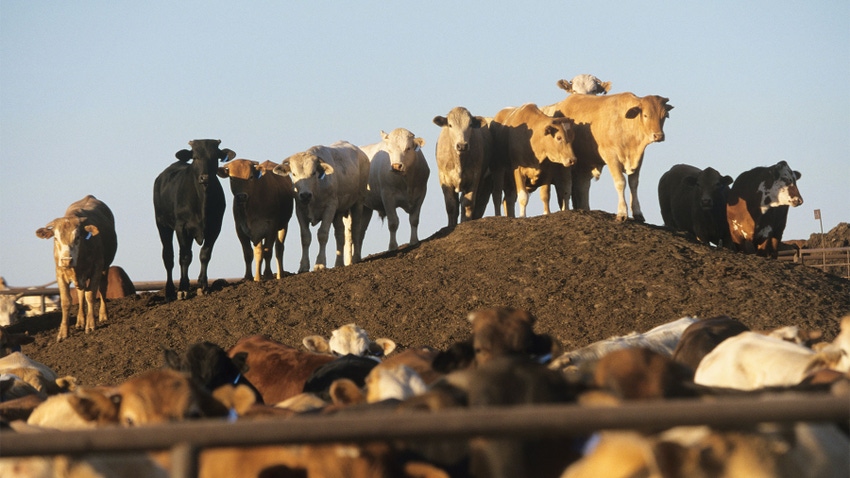April 1, 2024

Tracking moves of cattle placed into feedlots has been an interesting exercise during the past year because since May, there has been no discernible pattern in month-to-month cattle placements.
In the past 10 months, five of those saw feedlot placements increase, including the leap year-aided February reading of +9.7%. However, the other five months registered a decrease, including sharp declines of 8.8% in July and 7.5% in January.
Ultimately, the cumulative number of cattle placements from May to February remained basically unchanged from the previous year, down just 0.2%.
Make sense of cattle movements
There are many factors that can alter short-term cattle movements and impact monthly data, such as the extreme winter weather that many cow-calf producers experienced in January. Therefore, it’s useful to take a longer-term view.
Graphing monthly cattle placements shows that while placements have been moving slightly lower over the past six years, it has been only a modest decline.
In comparison with the previous cattle cycle, in which placements experienced a significant 14.2% decrease from April 2011 to January 2016, the current cycle has shown a less pronounced decline of 4.7% from February 2018 to February 2024.
Despite this, there has been a similar decrease in the annual inventory of potential feedlot placements. As of Jan. 1, there was an 8.9% reduction compared with 2019, which is comparable with the 11% decline observed for Jan. 1, 2015, compared with 2010.

It certainly seems that the industry is set up for a sharp drop in cattle placements soon, provided that the annual inventory data is a good gauge of available cattle numbers, as it has proven to be over the years.
There will always be month-to-month fluctuations that can deviate from the long-term trend, but at some point, the monthly feedlot placement data will have to reconcile with herd dynamics that have been in place for multiple years now.
Where do cattle prices go from here?
Tighter supplies of market-ready cattle will exert an upward influence on prices for all segments of the industry. However, cattle slaughter weights, feed price levels and, most importantly, the strength of consumer beef demand can moderate and at times even overshadow this influence.
Barring an unexpected significant retreat in U.S. and world consumers’ appetite for quality beef, more records are likely to be set for cattle prices in the next couple of years. Enjoy the ride.
Brown is a livestock economist with the University of Missouri. He grew up on a diversified farm in northwest Missouri.
About the Author(s)
You May Also Like




